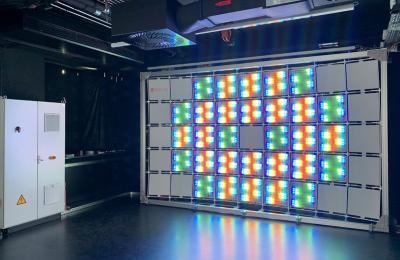CATL is reportedly looking into the development of perovskite cells
Contemporary Amperex Technology Co., Limited (CATL), a world-leading developer of EV batteries, is spearheading a new initiative to develop solar cells.
According to reports, CATL is researching the development of perovskite cells, among the most promising methods to drive new improvements in solar panel performance. It also recently struck an agreement with JA Solar Technology Co., China’s fourth-biggest module maker, to cooperate on scientific innovations, marketing and storage.







